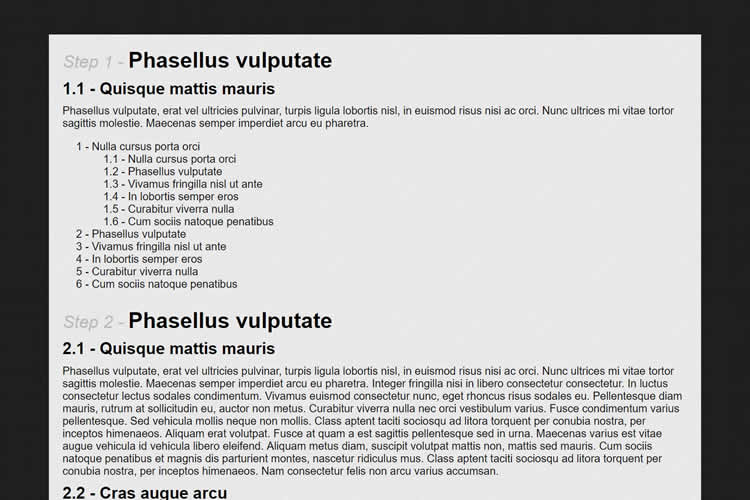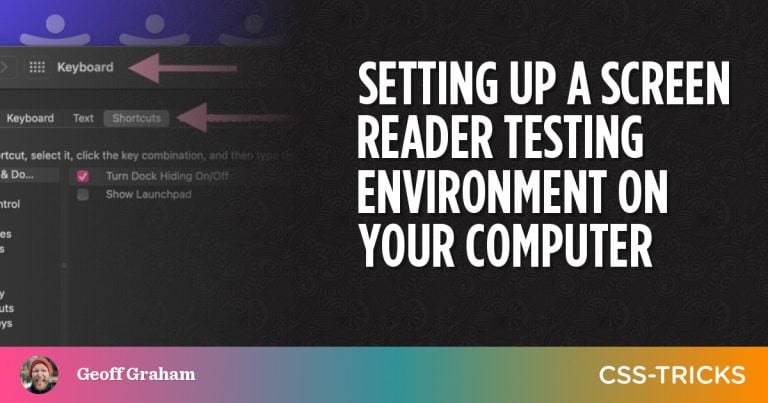Getting the perfect design is the hardest part of developing a client’s website. No matter how well-intentioned you are, it’s not easy to capture someone’s vision perfectly. The problem is, you won’t know until you’ve invested a significant amount of time into their design. This is where using web templates can come in handy.
There are many pros and cons to using templates, but in general, they’re quite useful. As long as you make customizations, templates can be your biggest asset. They’ll speed up the development process and cut costs for your clients, which makes it easier for you to land bigger projects and complete them on time.
Pre-made themes are everywhere, but you can’t just grab the first one you see. You’ll still need to go through a condensed version of the design process to find a design your client likes.
Sifting through template websites gets exhausting after a while, and you really can’t spend all of your time looking at every single design across multiple sites. Instead of asking your clients to look at hundreds of possibilities, here’s how to select the ideal template for a client.
Focus on functionality first
Avoid starting the process of creative design until you have all of the project specifications and know exactly what you’re being asked to build. Once you know how your client’s website needs to function, then you can start looking at designs together.
Website templates are made to visually attract interest, but a good-looking theme isn’t guaranteed to meet your client’s requirements. From the beginning of every project, take control over where and how your clients can suggest templates. For instance, don’t ask them to browse template sites and send you links to the ones they want to use. Clients will almost always choose designs based on visual appeal because they don’t know how to assess functionality and you’ll be stuck looking at all of them.
/*div{padding-right:0!important;padding-bottom:10px}.ml-form-formContent.horozintalForm .ml-button-horizontal{width:100%!important}.ml-form-formContent.horozintalForm .ml-button-horizontal.labelsOn{padding-top:0!important}}
/*]]>*/
/**/
![]()
To prevent having to sift through a bunch of templates that won’t work for your client, run a search on your preferred template site and filter the results based on the project’s technical needs. Then, copy the URL containing your search parameters, send it to your client, and ask them to choose from those options.
Don’t settle on a template to please your clients
Clients should get the website of their dreams, but that won’t happen if you settle on using an ill-equipped template just because the client is insistent.
Don’t let your clients push you into using a template that won’t work, or that will require extensive custom work you aren’t excited about doing (or that you can’t do without hiring extra help). If your client asks you to use a specific theme that won’t meet their project’s needs, be ready to explain exactly why they need to make another choice.
Ask detailed questions with follow-ups
Always ask your client for as many details as possible while you’re figuring out what they want. If you can meet in person, ask them to physically point to the screen when explaining the elements they want included in their design.
Always ask follow-up questions for clarity. Sometimes clients use terminology that means something to developers, but it doesn’t actually mean what they think. Hearing familiar terms can be deceptive when your client has the wrong concept in mind.
Clients may not be able to articulate exactly what catches their attention. For example, a client might tell you they like a particular website because it has “plenty of white space,” but when you create a similar layout, they’ll ask you to “tighten up” the elements because they’re too far apart. In the end, the design won’t have much white space. When you inquire further, they’ll clarify that they only wanted generous white space around the main menu.
Don’t reject a theme your client doesn’t like
It sounds backwards, but when a template would be perfect for your client’s project, but they don’t like it, don’t toss it out right away. Your clients won’t necessarily see the potential for customizations to completely transform a theme. Instead of trying to convince a client you can make a theme look exactly how they want, roll with their creative process and let them continue showing you what they like. You may already know which theme you’ll use, but keep looking at templates with them to get as much information as possible. You can show your clients how you can transform a theme into their dream design later.
Don’t think like a developer
When searching for a template, think like a client who needs a website and have your conversations from that perspective. If you approach the process with the mindset of a developer, you’ll likely misunderstand what your clients actually want. To find the ideal template, put yourself in their shoes and explore the possibilities together.






